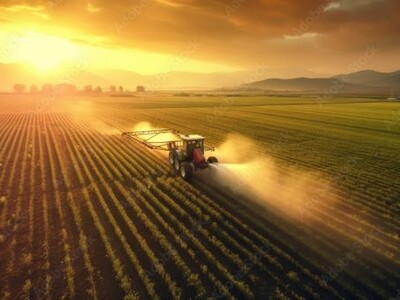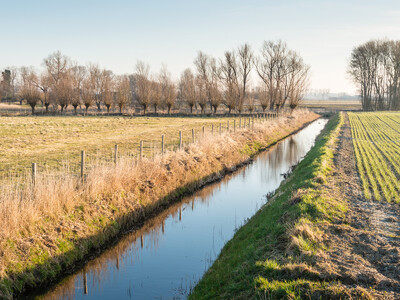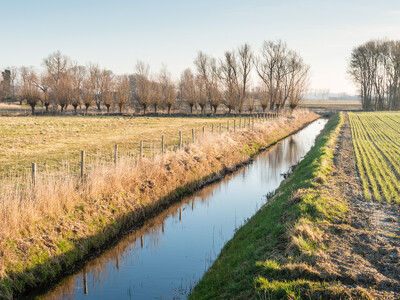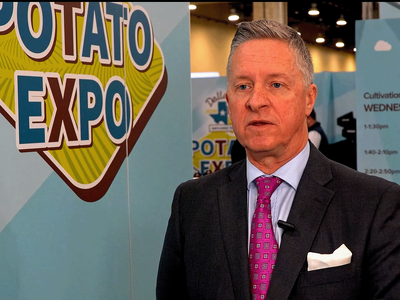Green Power House
Green Power House. I’m Greg Martin as Line On Agriculture presents the Harvest Clean Energy Report.
In the last few years scientists have been looking and testing just about every known plant to see if they would be a viable source for renewable energy. Steve Corrick, Communication Director for Algae Aquaculture Technology, says (Algae Aqua) is looking at how to take carbon dioxide, which is the culprit in global warming, and turn it into a positive. He says that is where the Green Power House comes in.
CORRICK: The reason that the Green Power House is so interesting is because of what algae does. Algae is every other plant on earth, on steroids. Algae is essentially the earth’s biomass engine. About 60% of all biomass on the planet is created by algae and algae <ranges> all the way from one ... little bitty part of the lichen that grow on rocks, and all the tiny little organisms that the krill eat in the ocean, all the way up to huge seaweed and the big masses of algae that grow in ponds.
Corrick notes that the earth’s oil reserves are really just old algae.
CORRICK: And so it’s not surprising that they’re looking at going back to the way that the earth originally created the oil to start creating biofuel again, But that same mechanism which is so effective, can also be used to produce other products...and we said, well, what can we do, particularly with blue-green algae, which is cyanobacteria, that is able to harvest nitrogen out of the air.
Blue-green algae is known for its phytochemical properties (and its use in nutritional) supplements. Corrick says that due to its ability to sequester nitrogen, it can be used as a fertilizer and it grows quite well. It will produce 30 to 200 times as much biomass in a year as a standard earth-grown plant.
CORRICK: The Green Power House has three parts. The first obviously are the algae ponds. And you take that algae which has also pulled all that nitrogen (and carbon dioxide) out of the atmosphere and you combine it in an anaerobic bio-digestion process...(with wood chips and wood waste.)
The end results are clean energy, a food supplement, and an organic, weed-free soil-regenerating fertilizer, plus a way to help control carbon dioxide.
CORRICK: And that’s the real potential of this is to take carbon dioxide, which is essentially burned soil. It’s burned by burning coal or oil or burning/metabolizing food through your own system and exhaling carbon dioxide...but, (Algae Aqua takes) that burned soil and through this process turn(s) it back into soil, where it can serve humanity and the planet the way that it was intended.
For additional information on clean energy, visit harvestcleanenergy.org . That’s today’s Line On Agriculture. I’m Greg Martin on the Ag Information Network. www.harvestcleanenergy.org

















